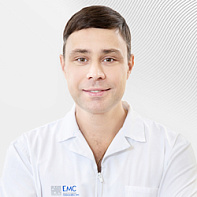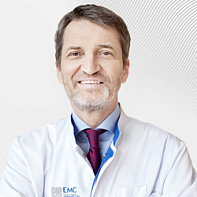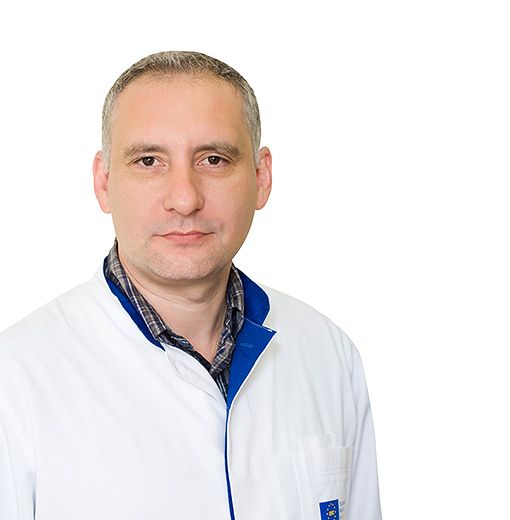 Minimally invasive techniques have been increasingly developed in foot surgery in recent decades. The main difference between this technique and traditional foot surgery is its low injury rate. All bone manipulations are performed through punctures of the skin, while percutaneous operations are in some cases as effective as traditional open surgery. The main advantage of this approach is the reduction of injury, and, as a result, a significant reduction in the recovery time of patients. About the technology of minimally invasive foot surgery in The European Clinic of Sports Traumatology and Orthopedics is told by an orthopedic traumatologist ECSTO, MD, Professor Andrey Kardanov (Prof. Andrey KARDANOV):
Minimally invasive techniques have been increasingly developed in foot surgery in recent decades. The main difference between this technique and traditional foot surgery is its low injury rate. All bone manipulations are performed through punctures of the skin, while percutaneous operations are in some cases as effective as traditional open surgery. The main advantage of this approach is the reduction of injury, and, as a result, a significant reduction in the recovery time of patients. About the technology of minimally invasive foot surgery in The European Clinic of Sports Traumatology and Orthopedics is told by an orthopedic traumatologist ECSTO, MD, Professor Andrey Kardanov (Prof. Andrey KARDANOV):What is the place of minimally invasive foot surgery in the practice of Russian specialists?
- Today, a fairly large number of surgeons already use standard modern techniques. Minimally invasive foot surgery, on the contrary, is a field of narrower specialization, which is due both to the lack of necessary equipment in the arsenal of Russian medical institutions and the lack of a training system for podiatric surgeons. The European Clinic of Sports Traumatology and Orthopaedics has not only the most qualified specialists in this field, but also the most comprehensive technical base for such operations.
Recently, the operating unit ECSTO has a new mini-X—ray unit for monitoring operations - an electron-optical converter (mini-EOP). This is a very compact X-ray machine with a minimum radiation dose. The radiation level is so low that surgeons work even without additional protection. Such a device is necessary because it is quite problematic to perform operations on small bones "blindly" or under a conventional X-ray machine. The ECSTO team consists of specialists who have been trained and trained in specialized clinics in Europe and have extensive experience in performing such minimally invasive foot surgeries.
What is the reason for the critical attitude of some specialists towards the minimally invasive surgery method?
- There are two reasons for this attitude. Firstly, as I said above, in the absence of appropriate equipment and training, it is impossible to achieve good results based on enthusiasm alone. Secondly, unjustified attempts to expand the indications for such operations played a role. It is important to understand that minimally invasive surgery alone is not always possible. It can be used in full for non-recurrent deformities in children and adolescents. Another area is the solution of the purely cosmetic part of foot problems or the elimination of one of the components of a complex pathology. Minimally invasive surgery can often be used as an adjunct to the main stages of surgery: some manipulations are performed using standard skin incisions and bone cuts, and some additional interventions - on small fingers, lateral metatarsals, and in the heel area – are performed using minimally invasive surgery. As a result, the overall injury rate of the intervention is reduced, the duration of the operation, the number and size of incisions are reduced, and the rehabilitation period is shortened.
Which foot pathologies do patients most often go to ECSTO with, and which of them can be eliminated with minimally invasive surgery?
- These are various types of deformities of the feet, almost always acquired as a result of a hereditary predisposition, as well as due to wearing "wrong" shoes – very high heels, with narrow triangular socks, or shoes with completely flat soles. Patients usually go to the doctor at the last moment, when it is no longer possible to wear even normal shoes, and in such a situation it is not always possible to solve the problem with a single minimally invasive operation. If you come to a specialist on time and early, it is quite possible to do without minimally invasive techniques.
It is worth adding that minimally invasive surgery involves intervention not only on bones, but also on soft tissues – tendons, ligaments, joint capsules. We often deal with pathology not of bones, but of the tendon-muscular system, when for some reason the muscles pull too hard, the tendons tighten, and the toes shift. In such a situation, sometimes it is only enough to lengthen the tendons through small punctures of the skin.
What is the probability of recurrence of foot disease after minimally invasive surgical treatment?
- If the patient fully adheres to the early postoperative regime, and subsequently follows the doctor's recommendations, then a recurrence of the deformity is excluded. In the case of only minimally invasive intervention, the patient usually leaves the clinic on the day of surgery, since he has no severe pain, no pronounced edema, or postoperative bleeding. If minimally invasive surgery is used in combination with standard surgery, you will need to spend a day in the hospital.
Can we say that percutaneous surgery is the preferred method of treating foot deformities in ECSTO?
- This method is preferable if appropriate indications are available. The larger the incision the surgeon makes, the more the soft tissues are injured, the more pronounced the pain syndrome and postoperative edema. In the future, the scarring process may begin, accompanied by the formation of adhesions and the appearance of various concomitant problems: contractures of the fingers (decreased volume of movement), sensitivity disorders, circulatory difficulties, trophic disorders, etc. Accordingly, the smaller the injury, the lower the probability of such phenomena. It is also important (especially for women) that after surgery, 2-3 3-4 mm stitches remain on the skin of the feet instead of the usual seven or ten centimeter ones. In addition, such interventions are especially indicated for active patients who cannot afford forced inactivity for several months.
It is important for potential patients to understand that in Russia, specialists in the field of minimally invasive foot surgery can be counted on the fingers of one hand, and there are hundreds of surgeons willing to operate using this technique. When it comes to health, you shouldn't push your luck. It is better to contact specialists who demonstrate good results.




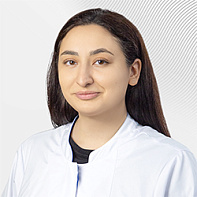
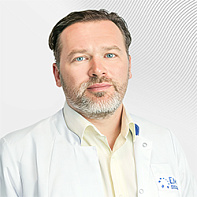
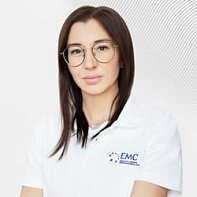

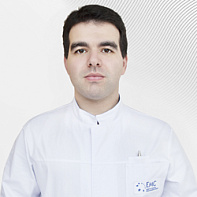
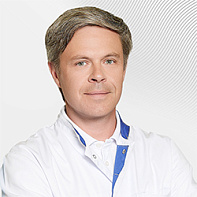
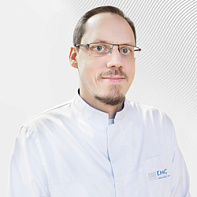
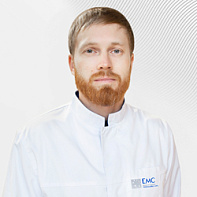
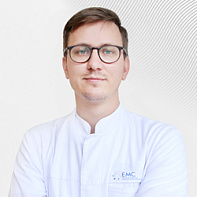
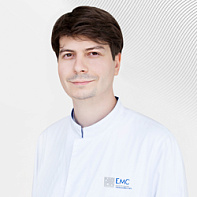
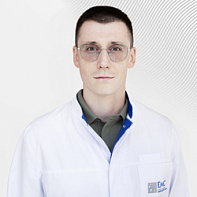
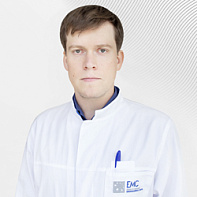
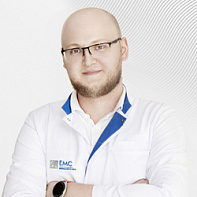
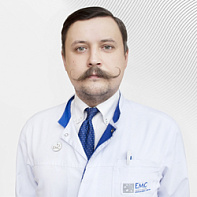
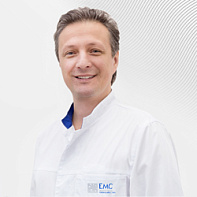
.jpg)
.jpg)
